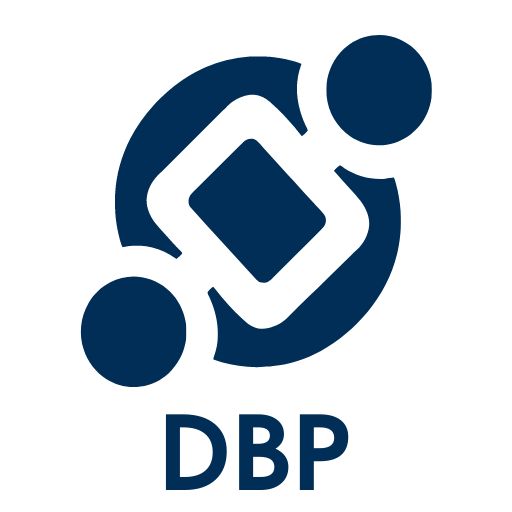In this section of the New Training form, users can define the details that shape the training program.
- Objective/Purpose: This is a rich text field that allows users to outline the objective or purpose of the training program.
- Description: This is a rich text field that allows users to provide a description of the training program.
- Activation Date: This is a date picker that allows users to input/select the start date for the training program, indicating when the training will become available to participants. It is a mandatory field.
- Frequency: This is a single-select dropdown field that retrieves the list of active frequencies in the system. It is a mandatory field. It allows users to specify the frequency at which the training will be conducted.
- Length (Hours): This is a numeric field that allows users to input the total duration of the training program in hours. It is a mandatory field.
- Deadline (Days): This is a numeric field that allows users to set the number of days within which the training must be completed from the activation date. It is a mandatory field.
- Status: This is a single-select dropdown field that displays the list of statuses. It is a mandatory field. It allows users to select the current status of the training program.
- Statuses: Active or Inactive.
- Statuses: Active or Inactive.
- Source: This is a single-select dropdown field that retrieves the list of predefined sources. It allows users to specify the root source that is driving the training—the origin of the training.
- Source is a higher level categorization. Source options are created in the Source section of Training Settings.
- Priority: This is a single-select dropdown field that retrieves the list of active priority levels in the system. It allows users to assign a priority level to the training based on its urgency and impact.
- Applicability: This is a single-select dropdown field that displays the list of training applicability options. It is a mandatory field. It allows users to specify the relevance of the training for different user groups or roles within the organization.
- Applicability Options: Mandatory, Optional, or Recommended.
- Applicability Options: Mandatory, Optional, or Recommended.
- Assessment Method: This is a single-select dropdown field that displays the list of assessment methods. It is a mandatory field. It allows users to select the method by which trainee performance will be evaluated.
- Assessment Methods: Attendance, Score, and Certification.
- If Attendance is selected as the assessment method, no specific evaluation will be required from the user beyond a sign-off by the designated reviewer.
- If Score is selected as the assessment method, users are required to set up at least one post-training assessment. This assessment must take the form of either a customized or external questionnaire.
- If Certification is selected as the assessment method, the Certification Information accordion will be visible to trainees during the training execution.
- Assessment Methods: Attendance, Score, and Certification.
- Training Definition Reviewer: This is a multi-select dropdown field that retrieves the list of users, roles, and groups in the system. It is a mandatory field. It allows for the selection of the user(s), role(s), and/or group(s) responsible for reviewing the training.
- During the Training Definition workflow, the individual(s) selected in this dropdown will be assigned the Review Training Definition task.
- Training Execution Reviewer: This is a multi-select dropdown field that retrieves the list of users, roles, and groups in the system. It is a mandatory field. It allows for the selection of the user(s), role(s), and/or group(s) responsible for handling extension requests and reviewing the training execution.
- During the Training Execution workflow, the individual(s) selected in this dropdown will be assigned the New Extension Request task (if an extension is requested) and the Sign Off Training Completion task.
- During the Training Execution workflow, the individual(s) selected in this dropdown will be assigned the New Extension Request task (if an extension is requested) and the Sign Off Training Completion task.
- Include Pre-Assessment: This is a checkbox that allows users to add a pre-assessment to the training program.
- If selected, it will reveal the Define Pre-Training Assessment accordion, where users can configure the pre-training assessment.
- Include Documentation to Read: This is a checkbox that allows users to add reading material to the training program.
- If selected, it will reveal the Define Documentation to Read accordion, where users can specify the reading materials for trainees.
- Include Training Course(s) to Execute: This is a checkbox that allows users to add specific courses to the training program.
- If selected, it will reveal the Define Training Course(s) to Execute accordion, where users can define the training courses to be completed.
- Include Post-Assessment: This is a checkbox that allows users to add a post-assessment to the training program.
- If selected, it will reveal the Define Post-Training Assessment accordion, where users can configure the post-training assessment.




Post your comment on this topic.